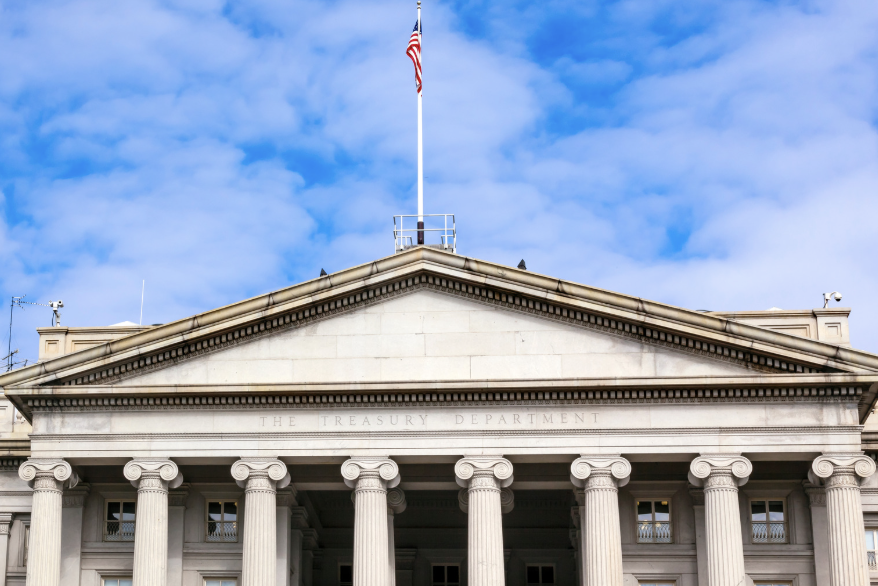Supreme Court Strikes Down Affirmative Action in College Admissions
In a groundbreaking ruling that drastically alters longstanding legal precedents, the United States Supreme Court has declared that the use of affirmative action in college admissions is in violation of the Equal Protection Clause of the Fourteenth Amendment. This momentous 6-3 decision signifies a comprehensive prohibition against institutions considering race as an element in their attempts to cultivate diverse student bodies. The implications of this ruling are vast, affecting countless educational institutions and millions of students across the nation.
The Case: Students for Fair Admissions v. Harvard University
The case that prompted this significant ruling, Students for Fair Admissions v. Harvard University, was initiated by a conservative advocacy group that alleged that the university’s affirmative action policies had resulted in discrimination against Asian-American applicants. The group argued that these policies favored less-qualified candidates from other racial backgrounds, consolidating the argument against race-conscious admissions. This decision marks an abrupt end to nearly five decades of legal precedent established by earlier cases such as Regents of the University of California v. Bakke (1978) and Grutter v. Bollinger (2003), which had previously upheld limited use of race in the admissions process.
Chief Justice Roberts’ Majority Opinion
Chief Justice John Roberts authored the majority opinion, asserting a robust belief in a “colorblind” Constitution. His argument emphasized that “eliminating racial discrimination means eliminating all forms of racial classification.” According to Roberts, the principle of equality prescribed by the Constitution necessitates that institutions treat individuals based on their merits, severing any reliance on racial or ethnic classifications. This concept of colorblindness serves as a focal point in the majority’s reasoning, indicating a desire to champion equality at all levels of education while simultaneously disregarding the role that systemic inequities may have played in shaping the context of admissions based on race.
Justice Sotomayor’s Dissent
In stark contrast, Justice Sonia Sotomayor’s dissent articulated deep concern over the consequences of the ruling. She criticized the majority for what she perceived as ignoring the pervasive inequalities that affirmative action sought to mitigate. “This decision cements inequality in access to education by ignoring the real-world barriers faced by historically marginalized communities,” Sotomayor stated. Her dissent underscores the complexities and nuances involved in the debate surrounding race and equity, highlighting how differences in lived experiences can dramatically impact educational opportunities for different populations.
Reactions from Leaders and Educational Institutions
The ruling has elicited varied reactions across the political spectrum and within the higher education community. President Joe Biden publicly expressed disappointment, characterizing the decision as a significant setback for equity and progress. He emphasized the necessity of finding alternative methods to ensure accessibility to higher education for all Americans, irrespective of their background. On the other hand, conservative lawmakers heralded the ruling as a victory for merit-based admissions and fairness. Senator Tom Cotton (R-AR) proclaimed it a restoration of the tenet that Americans should be assessed through their abilities rather than their race.
Potential Implications for University Admissions
In light of the Supreme Court’s decision, several universities have signaled their intention to reevaluate their admissions criteria. Many institutions previously relied on affirmative action to boost diversity and address historical injustices, believing that such policies enhance the educational experience for all. Moving forward, there may be a shift toward race-neutral strategies, including increased outreach to underrepresented populations, along with a greater focus on socioeconomic factors. However, proponents of diversity are apprehensive that this ruling could lead to a decline in minority enrollment at elite institutions, citing the adverse impacts observed in states with similar bans on affirmative action.
The Broader Cultural and Legal Context
The sweeping ruling underscores an ongoing cultural and legal struggle surrounding race, equality, and opportunity in America. With a conservative majority firmly entrenched within the Supreme Court, today’s decision hints at a readiness to reassess and redefine existing legal frameworks that govern racial equity in the United States. As the nation grapples with the aftermath of this momentous ruling, it remains evident that the conversation around affirmative action and its implications for society will continue to evolve.
Conclusion
The Supreme Court’s decision to abolish affirmative action in college admissions represents a pivotal moment in the ongoing debate surrounding race and equity in education. This landmark ruling has the potential to reshape the admissions landscape, prompting institutions to alter their strategies for achieving diversity. As the implications of this ruling unfold, it is clear that the discussions regarding merit, equality, and societal structures are far from over.
FAQs
What does the Supreme Court ruling on affirmative action mean for college admissions?
The Supreme Court ruling effectively bans colleges and universities from using race as a consideration in their admissions processes, marking a significant shift away from race-conscious policies that have been in place for decades.
What was the basis for the lawsuit against affirmative action at Harvard University?
The lawsuit was filed by a conservative advocacy group, which claimed that Harvard’s affirmative action policies discriminated against Asian-American applicants by favoring less-qualified candidates from other racial backgrounds.
How have universities reacted to the Supreme Court’s ruling?
Following the ruling, several universities have indicated they will reevaluate their admissions processes, considering race-neutral strategies and a stronger focus on socioeconomic factors while seeking to maintain diversity.
What are the potential consequences of the Supreme Court’s ruling on minority enrollment?
Advocates for diversity express concern that the ruling could lead to a decline in minority enrollment at elite institutions, similar to trends seen in states like California and Michigan, which have previously banned affirmative action.
Who expressed disappointment in the Supreme Court’s decision on affirmative action?
President Joe Biden publicly expressed his disappointment, viewing the decision as a setback for equity and an obstacle to accessing higher education for various groups within the U.S.

